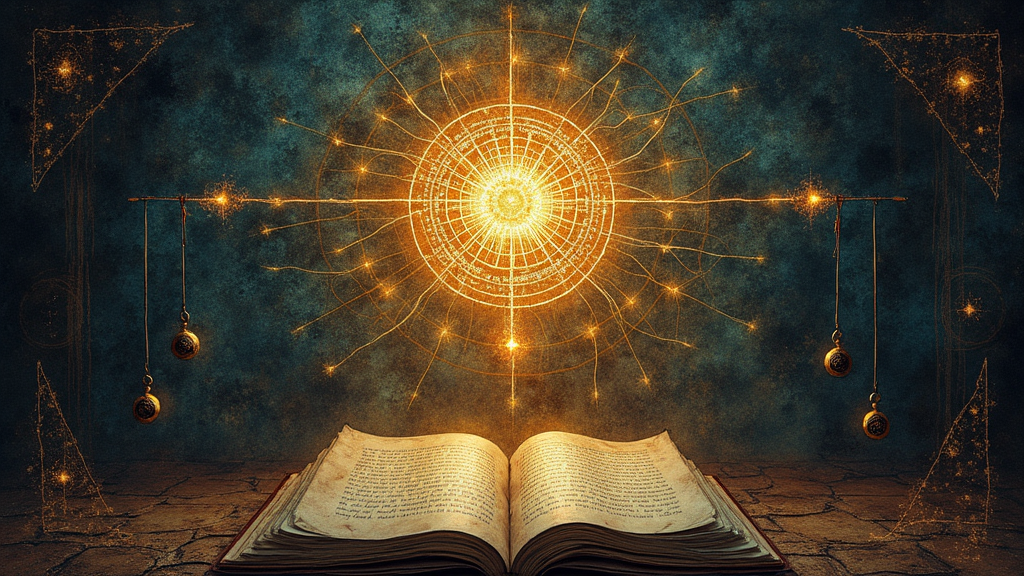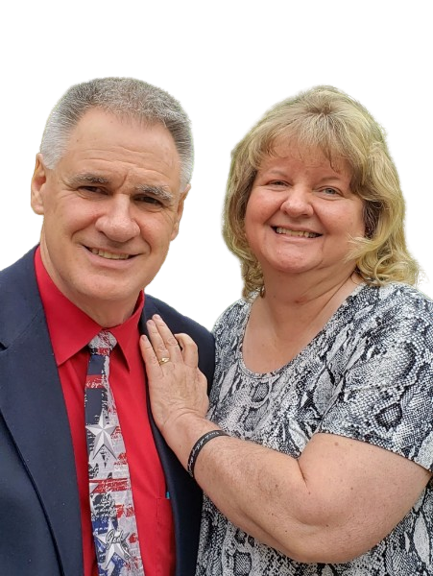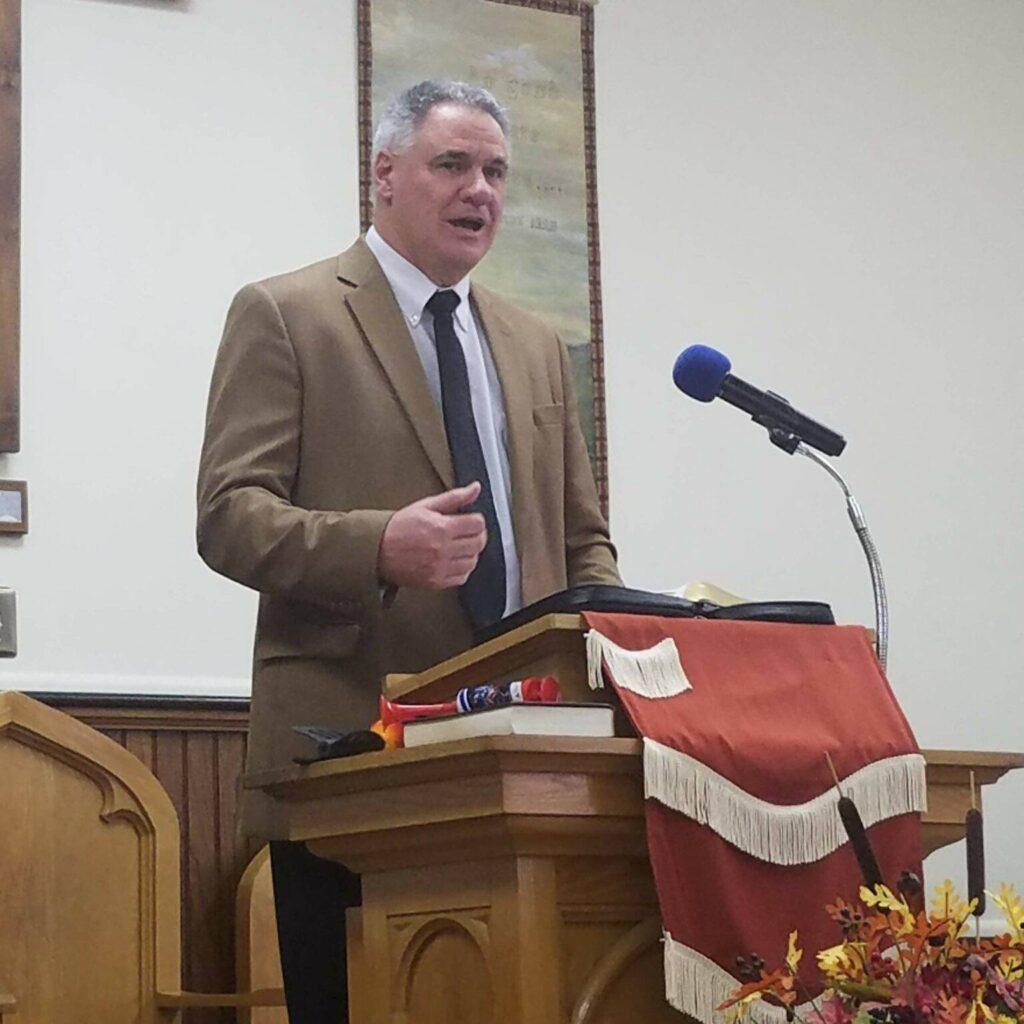Drone photography replaced by a thorough jump into the pages of a book. I recently read a gripping work titled The Harbinger II by Jonathan Cahn. In my experience, the book offers layers of symbolism, prophecy, and a deep reflection on current events. I want to share my personal synopsis of this thought-provoking narrative in a way that clearly spells out its contents, themes, and the discussion it has inspired.

My Introduction and Personal Perspective
The Harbinger II came into my hands at a time when I was seeking deeper insights into prophetic literature. I was drawn by its reputation and the intriguing warnings it presents. My personal journey with this book has been one of reflection and careful thought, examining how its narrative connects scriptural themes with contemporary events. I appreciate literature that challenges me to think differently about historical cycles and future possibilities, and this book provided that spark.
I came across this work after hearing discussions in various literary forums. The mix of biblical prophecy and modern-day events captivated me. When I first turned its pages, I found a carefully woven narrative that straddles the line between allegory and concrete prediction. This article serves as my rundown of the book, the ideas behind it, and why it has generated so much discourse over the years.
An Overview of The Harbinger II
The book builds upon ideas laid out in its predecessor. In this installment, Jonathan Cahn expands on the concept of harbingers – events or signs that point to larger truths. I understood the text as an exploration of warning signals embedded in history, suggesting that our current times resonate with ancient prophecies. The author argues that modern events, when seen through the lens of biblical history, echo an age-old warning about the future.
In my reading, the narrative is delivered through a mixture of historical recounting and symbolic language. The author details specific events and mixes symbolic language to show how past occurrences mirror what is happening today. Unlike a conventional thriller or mystery, the book prompts readers to view ordinary times as part of a larger narrative that may be orchestrated by forces beyond our immediate understanding. It urges its audience to look beyond everyday occurrences into a realm where subtle messages and symbols might be guiding our destiny.
As I worked through the text, I noticed frequent references to numbers, dates, and key symbols that the author believes carry special significance. The blending of prophetic scripture with modern history invites readers to consider whether events that might seem isolated are instead parts of a coherent, unfolding plan. This idea encourages one to scrutinize familiar events with fresh eyes, questioning if there’s more beneath the surface than what meets the eye.
The Key Themes and Symbolism in the Book
For me, the strength of The Harbinger II lies in its use of themes that bridge ancient wisdom and current realities. One of the central ideas is that history repeats itself. The narrative suggests that events in the modern world parallel prophetic moments described in biblical texts. I found that the author intentionally selects symbols that have long been associated with forewarning and judgment.
Throughout the book, I encountered themes of spiritual warning, national destiny, and the interplay between the spiritual and material realms. The symbolism was prominent, with frequent allusions to biblical prophecies and historical events. Some of the key symbols include signs from nature, references to specific numbers mentioned in scripture, and allegorical descriptions of events that mark turning points in history.
In my understanding, these symbols serve as metaphors for much larger ideas. For instance, a recurring motif in the book is that of a call to awakening. I interpreted this as a prompt for both individuals and communities to reassess their values and actions in light of what might be a significant future shift. The book does not merely recount events; it pushes the reader to mull over the implications of those events on both a personal level and within the wider cultural context.
Author Background and the Context Behind the Book
Jonathan Cahn is well-known for his writings that blend biblical prophecy with modern events. My interest deepened as I learned more about the author’s background. He has earned recognition for his ability to bring together seemingly unrelated threads of history and stitch them into a narrative that speaks to today’s readership. In many ways, his work makes sacred texts accessible and relevant to our modern world.
I found out that much of his perspective comes from extensive study of religious texts and historical documents. His previous work laid the groundwork for his arguments, and with The Harbinger II he expands his analysis to cover more recent events. He offers interpretations that strive to link modern incidents with ancient prophecies. This broader context enriched my reading experience, as I approached the book with an appreciation for both the author’s ambitions and the deep research underlying his narrative.
The translation of complex prophetic language into a story that connects biblical history with present-day events has always been fascinating to me. I value how the author provides an all-in-one framework that invites readers to explore their own interpretations of history’s cyclical nature. His distinctive voice and confident assertions encourage further exploration and help shine a light on areas that many might otherwise overlook.
A Critical Analysis: The Prophetic Elements and Predictions
I found the prophetic elements in The Harbinger II especially engaging. The book presents what I consider a form of coded narrative, where events in modern society are interpreted as warnings foretold by ancient scripture. During my reading, I wrestled with the notion that some events, though appearing random, might actually hide deeper layers of meaning woven into them.
The writing pushes me to think on the idea that today’s future could be built upon the outcomes and lessons of the past. The book highlights a series of events that, when taken together, seem to form a pattern. I believe this pattern is intended to urge the reader to pay close attention to often subtle signals. The narrative suggests that by observing these signals, we can prepare better for what might lie ahead.
For example, the text frequently cites specific historical occurrences and compares them to more current incidents. This side-by-side comparison made me reflect on how recurring themes often reappear throughout the annals of history. I value how the method behind this approach is practical; it encourages a careful reading of both past and modern events. Even if one does not fully subscribe to the prophetic interpretation offered, it is hard to ignore the detailed manner in which these parallels are drawn.
At times, I questioned some of the connections that the author makes. However, this critical analysis did not take away from the overall impact of the work. Instead, it reminded me that literature dealing with prophecy naturally invites debate and multiple interpretations. The powerful narrative, rich in symbolic language, compels even the most skeptical readers to consider possibilities that extend well beyond the surface level of historical events.
Reader Reactions and Controversial Aspects
When discussing The Harbinger II, I also reflected on the reactions from other readers and critics. The book has sparked both admiration and criticism. Some readers find the bridges drawn between ancient scripture and modern events very convincing, while others remain understandably skeptical about the interpretations presented. In my experience, this mix of reactions makes the book fertile ground for ongoing discussion.
During my reading, I observed that one controversial aspect involves the interpretation of what constitutes a true harbinger. Critics argue that linking past events to modern political or social circumstances may oversimplify very complex issues. I realized that the book’s strength is also a potential weakness, as its compelling narrative might lead some to accept the analysis without checking in on alternative viewpoints.
There is also debate about the broader implications of the book’s predictions. My impression is that the focus on impending judgment or major change, while very important, can also lead to a sense of unease or anxiety. This aspect of the narrative has generated significant discussions among individuals with differing worldviews. I found that these controversies, rather than undermining the overall work, encourage deeper thought and invite readers to seek a more nuanced understanding of prophecy and its role in society.
Many readers, including myself, have used the book as a springboard for more extensive research. For me, it prompted a deeper investigation into related texts and different opinions. The controversies associated with its interpretations do not diminish the book’s intriguing narrative; they simply highlight the importance of keeping an eye out for diverse perspectives when engaging with prophetic literature.
Frequently Asked Questions
I compiled a few questions that I had in mind while reading, along with the answers that helped me untangle the book’s complex ideas.
Question: What is the central message of The Harbinger II?
Answer: To me, the central message lies in the idea that historical events, when examined through a prophetic lens, are not isolated occurrences. They form a larger pattern that speaks both to past warnings and future possibilities. The book asks readers to accept that what may seem random might actually be part of an orchestrated cycle.
Question: How does Jonathan Cahn connect biblical prophecies with modern events?
Answer: I noticed that the author uses symbols, numbers, and specific historical events as bridges between biblical texts and today’s world. This method is meant to illustrate that recurring themes in human history follow a pattern foretold in ancient scriptural writings.
Question: Can the interpretations offered in The Harbinger II be applied universally?
Answer: In my view, while the book presents a fascinating interpretation, its application may differ based on individual beliefs and cultural contexts. It offers one perspective on how events might be interconnected, but it is not necessarily a blueprint that fits every situation.
Question: What should a reader take away from this book?
Answer: For me, the takeaway is to remain open to the possibility that history, literature, and prophecy can be interwoven in unexpected ways. Whether one agrees entirely with the author’s conclusions or not, the book encourages us to think on the broader forces that shape our world.
Closing Thoughts and Reflections
The Harbinger II is a book that prompts extensive thought about prophecy, history, and the impact of symbolic narratives on our understanding of current events. My reading experience was one filled with intense reflection. At times, I questioned some of the connections made between ancient texts and modern events, while at other moments I felt a profound resonance with the notion that our world is overseen by larger, sometimes mysterious forces.
This book does a thorough job of weaving together complex ideas into a narrative that is both accessible and challenging. I appreciated its detailed analysis and the way it invites us to look beyond the obvious. The merging of historical events, symbolic language, and prophetic warnings in The Harbinger II offers a unique lens through which we can view our current circumstances.
The experience of reading this book has enriched my perspective on how modern history may be intertwined with ancient prophecy. I regard it as both a call to further research and a reminder to think critically about the information presented to us. The intricate details within the narrative pushed me to question and seek additional viewpoints, ensuring that my understanding goes beyond simply accepting all the presented ideas.
I encourage anyone interested in history, prophecy, or the blend of spiritual and modern narratives to give The Harbinger II a closer look. The book stands as a reminder that literature can serve as both a mirror to our past and a window into a future that is continuously unfolding. Its layered narrative challenges us to reassess what we know, and in doing so, it opens up an adventure of thought that is as engaging as it is enlightening.
Through my analysis, I ended up with more questions than definitive answers. That, to me, is often a sign of truly thought-provoking work. I remain grateful for the insights provided by this book and continue to reflect on the symbolic messages it conveys. Every reading brings with it new interpretations, and discussing its claims with others only helps to level up my understanding.
The discussion surrounding The Harbinger II does not end with this synopsis. It marks just the beginning. I see it as a starting point for anyone interested in exploring the interplay of historical patterns, prophecy, and modern events. It is an invitation to jump into further research and to view our everyday reality with a mix of curiosity and reflection.
In addition to its narrative, the book has spurred ongoing debate among scholars and enthusiasts alike. Many have spent hours mulling over its references and cross-checking historical events. This continuous dialogue has helped to add depth to the understanding of not only the text but also the broader cultural implications. It encourages a culture of inquiry where one is always ready to ask questions, compare ideas, and think on the significance of each symbol and historical reference. For anyone who values literature that challenges convention and pushes us to look a little deeper, The Harbinger II remains a very important work that continues to influence how we read history and prophecy.
Looking back on my journey with this book, I realize that its true impact lies in its ability to spark further exploration and conversation. The layers of meaning woven throughout the text have not only left me with a richer understanding of the past but also a hopeful anticipation for what the future might hold. Every page turned was a reminder of how literature can bring together disparate ideas into a coherent dialogue about life, destiny, and the unfolding of time.
Bottom line: The Harbinger II is more than just a book—it is an open invitation to explore, question, and ultimately grow. I look forward to continuing this conversation, stepping up my own research, and sharing insights with fellow readers as we all try to piece together the puzzle of history and prophecy.








